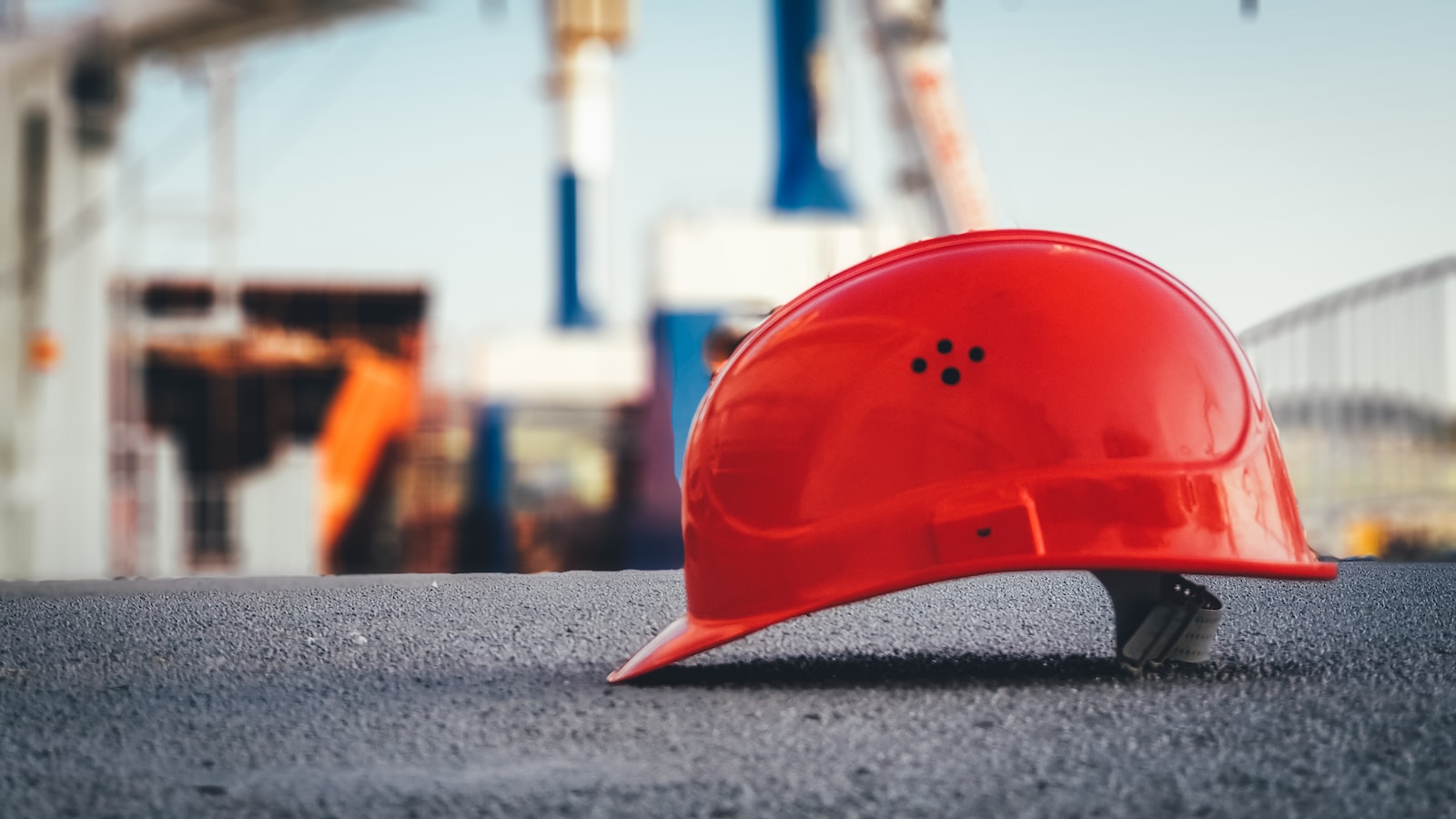Table of Contents
ToggleIntroduction to Extreme Heat and Its Risks
Extreme heat can cause a range of health problems, including heat exhaustion, heatstroke, and dehydration. The risks are higher for older adults, young children, and people with chronic medical conditions. To stay safe during hazardous heat, it’s essential to take precautions and stay cool and hydrated.
Biden’s New Measures for Worker Protection
In response to record-breaking temperatures in the US and globally, President Biden announced new steps on Thursday to help Americans face the “existential threat of climate change” and extreme heat. The new measures will shield workers from high temperatures, improve weather forecasting, strengthen access to drinking water, and otherwise improve heat resilience.
Protecting Workers from Hazardous Conditions
Biden directed the Department of Labor to issue a hazard alert for workplaces such as farms and construction sites, where workers face a higher risk amid high temperatures. Heat has killed 436 workers since 2011, according to federal statistics. Sectors including agriculture and construction also frequently see heat-related safety violations, so the labor department will also increase its inspections of high-risk workplaces.
Expanding Access to Cooling Centers and Drinking Water
The Department of Housing and Urban Development has set aside billions to help communities make their buildings more energy-efficient and to open cooling centers. And the Department of Interior is boosting funding to “expand water storage capacity in the western states,” referring to the earmarking of $152m for water storage and pipelines for the drought-stricken western states, according to the White House.
Planting Trees for a Cooler Environment
The US Forest Service will award more than $1bn in grants to help cities and towns plant trees, “so families have a place to go to cool off”. Tree coverage can help lower temperatures in urban areas by more than 15 degrees Fahrenheit.
Expert Tips for Staying Cool and Hydrated
To stay safe during hazardous heat, it’s essential to drink plenty of water and avoid alcoholic and caffeinated drinks. If possible, stay indoors during the hottest parts of the day and wear loose-fitting, lightweight, and light-colored clothing. Taking cool showers or baths can help lower your body temperature and keep you cool. Fans can help circulate air and make you feel cooler. Eating light meals, such as salads and fruits, can help keep you cool and hydrated.
Conclusion
Extreme heat is a serious threat to the health and safety of Americans, and it’s essential to take precautions and stay cool and hydrated. President Biden’s new measures for worker protection are a step in the right direction, but it’s up to individuals to take responsibility for their own safety during hazardous heatwaves. Remember to stay safe and enjoy the summer with practical tips and strategies for beating the heat.
In conclusion, staying safe in extreme heat requires taking precautions and staying cool and hydrated. President Biden’s new measures for worker protection are a positive step, but it’s essential to take responsibility for your own safety during hazardous heatwaves. Use the expert tips in this article to stay cool and hydrated, and remember to seek help if you experience any symptoms of heat-related illnesses.







